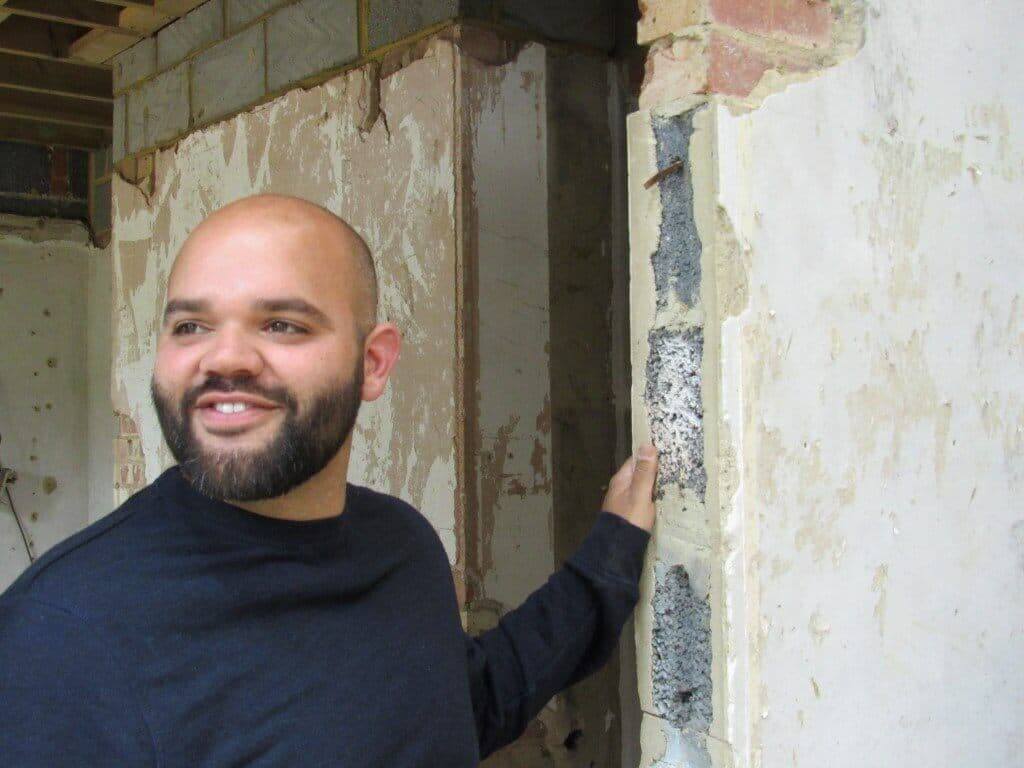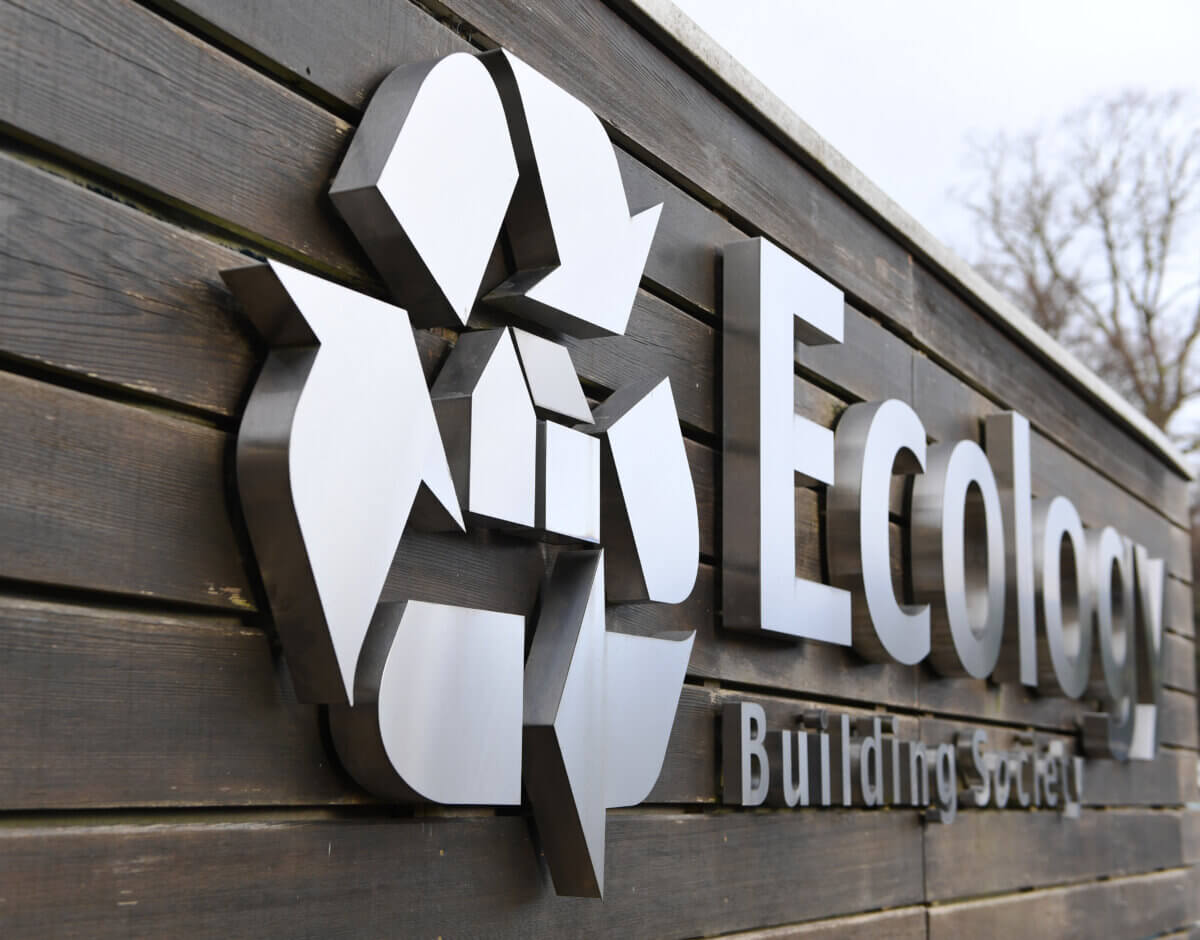Government launches Green Homes Grant Scheme

The UK Government has launched a new scheme offering money to help homeowners in England make their homes more energy efficient.
The Green Homes Grant scheme provides homeowners with a voucher worth up to £5000 – or £10000 for low income households – to help cover the costs of making energy efficiency improvements to your home. We’ve answered your questions below about how the scheme works and how you can apply for a grant.
Improving and retrofitting our existing housing stock is critical if we are to meet our net-zero commitments and make our homes fit for the future. It also creates jobs and reduces energy bills, supporting the green recovery.
As a pioneer of green mortgages, we’ve proved that incentivising energy efficiency through our unique C-Change mortgages works by basing our pricing on a property’s climate impact.
The Green Homes Grant Scheme complements our renovation mortgage offering, particularly for extensive retrofits and we expect that the grants will be of interest to members undertaking these projects. Other members may also appreciate the potential for the scheme to help them make a difference and improve the energy efficiency of their home.
However, while this is a welcome start, the level of funding and short term nature of the scheme means this simply won’t be enough to deliver the volume of whole house retrofits required to decarbonise our homes and there’s no evidence this will create the hundreds of thousands of green jobs required. We need bold and decisive action, going much further than the well-travelled path of loft insulation and draught proofing.
We’d like to see an immediate commitment to extend the grant scheme beyond next March’s cut-off and, as well as this direct funding, the Government is missing an opportunity to deliver a national home retrofit programme with a wide-ranging package of measures to support green building including: aligning the cut in stamp duty to incentivise greener homes; slashing VAT on renovations; tightening the building regulations underpinning the new Future Homes Standard; building the long term capacity of the retrofit supply chain, and driving the market for green finance so lenders such as Ecology can step up and play our part.
How does the scheme work?
1. How does the Green Homes Grant work?
Under the scheme, the Government will provide a voucher worth up to £5000 – or £10000 for low-income households – to help cover the cost of making energy-efficient improvements to your home.
Improvements could include insulating your home to reduce your energy use or installing low-carbon heating to lower the amount of carbon dioxide your home produces.
You must redeem the voucher and ensure improvements are completed by 31 March 2021. **STOP PRESS** NOW EXTENDED TO 31 MARCH 2022. You cannot use the voucher to help pay for works that were carried out prior to the voucher being issued.
You also cannot use the voucher to replace insulation or low carbon heating measures that are already installed in your home.
2. How much money can you get?
The government will provide a voucher that covers two-thirds of the cost of whatever you choose to install. You can only install certain approved measures.
The maximum value of the voucher is £5,000 unless you are on a low income and receive certain benefits. In that case, the voucher will cover the full cost of the improvements, up to £10,000. Find a full list of qualifying benefits here.
The Government will pay the installer directly for the work, so you will not need to pay yourself and then wait for the Government to pay you back.
3. What is covered by the grant?
The voucher must be used to install at least one ‘primary’ measure.
These are split into insulation measures and carbon heat measures. You may install as many as you wish with the money you receive.
4. Insulation measures
- Solid wall
- Under floor
- Cavity wall
- Loft
- Flat roof
- Room in roof
- Insulating a park home
5. Carbon heat measures
- Air or ground source heat pump
- Solar thermal (liquid-filled flat plate or evacuated tube collectors)
- Biomass boilers
If you install at least one primary measure, you may then also choose one of the following ‘secondary’ measures.
6. Secondary measures
- Draught proofing
- Double/triple glazing (where replacing single glazed windows)
- Secondary glazing (in addition to single glazing)
- External energy-efficient doors (replacing single glazed or solid doors installed before 2002)
- Heating controls
- Hot water tank thermostats and insulation
The amount you get towards the cost of secondary measures cannot exceed the amount you get for primary measures.
7. What is not covered?
The following are not covered by the grant:
- Building a new extension or conversion to your home
- Insulating a conservatory with no fixed heating
- Installing a new fossil fuel boiler (such as gas, oil or LPG boilers)
8. How can I apply?
- Use the Simple Energy Advice (SEA) website to check what energy efficiency or low carbon heat improvements can be made to your home.
- Use the SEA website to find accredited tradespeople or businesses in your area that are able to undertake the work and obtain quotes from them. You are advised to get at least three quotes to make sure you are getting the best value for money.
- Apply for the voucher using the Government website.



